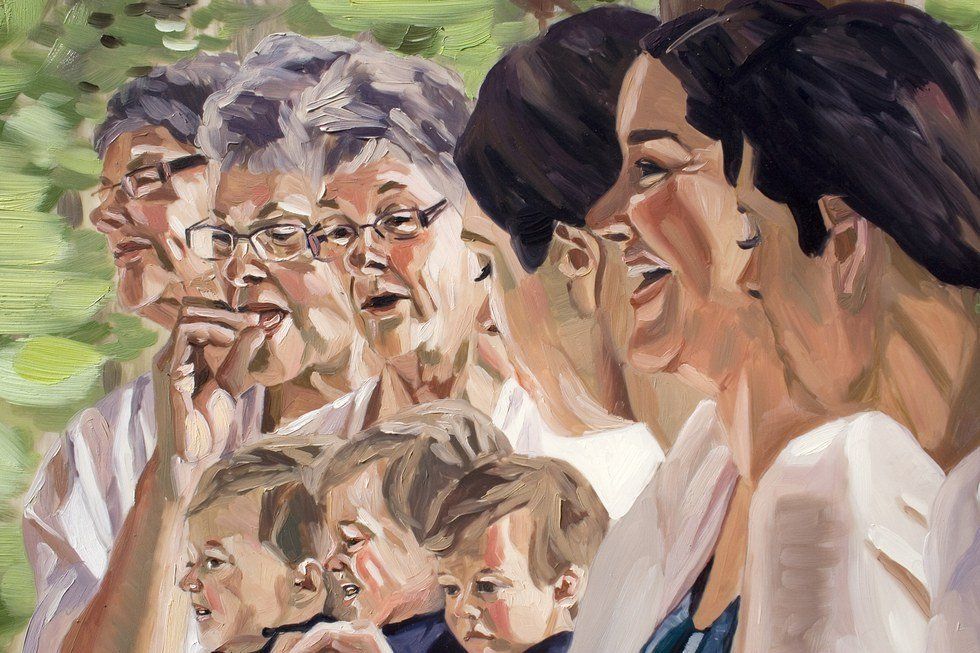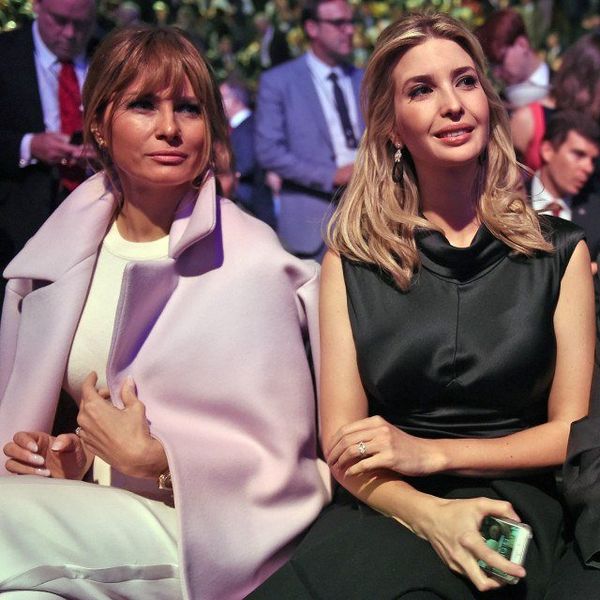When it comes to matriarchies in feminist circles, conversations began very early on. Histories concerning societies that were once matriarchal being overtaken by the patriarchy some 5,000 years ago were the earliest motivators for the matriarchy debate, which fueled feminist arguments for the need of female empowerment. These histories are now regarded as myths that support a female dominated utopia, which cannot be historically backed with sound anthropological evidence. However, cultural circumstances have caused feminist movements to grasp on to the mythological matriarchies in hopes for inspiration for a better future, whether they truly ever existed or not.
In a historical context, there have been some artifacts that support the possibility of a matriarchal society existing in the Minoan society in Greece. It is thought that the Minoan Crete was eventually displaced by the Mycenaeans, who were patriarchal. However, much is unknown about this society, and arguments have been made about whether or not the Minoans were truly matriarchal, or if they were matrilineal. This distinction is important, because matriarchies are strictly female-dominated societies, whereas matrilineal societies still incorporate males into some of the political and economic positions of power. It is for this reason that many “matriarchal” societies today are decidedly not so. For example, the Mosuo of the Yunnan and Sichuan provinces are a matrilineal people who practice handing property down through the female lineage, and therefore, allow women to handle business decisions. However, the Mosuo allow for the men to be in control of politics, thus making the Mosuo matrilineal instead of matriarchal.
While actual proof of successful, matriarchal societies does not exist, the circumstances of the current global power dynamics allow for a resurgence of encouragement for women to pursue power. Feminists are battling for gender equality in a world that is almost completely dominated by patriarchies. Religion, politics, and economics are all male-dominated on a global scale, therefore allowing for the mythological, matriarchal ideals to thrive as means for a hopeful development of the future. Like a non-believer finding faith, these myths provide a great deal of psychological and spiritual power to a gender who has been suppressed and made to feel inferior by ages of patriarchal society. In her article, “The Myth of Matriarchal Prehistory: Why an Invented Past Won’t Give Women a Future,” Cynthia Eller compares the acceptance of matriarchal mythology to the acceptance of religious storytelling done in both Islam and Christianity. She concludes, “Truth claims seem beside the point to me: what matters is why the story is told, the uses to which it is put and by whom.” With this in mind, one can reasonably conclude, then, that what is important about matriarchal mythology is that it is being circulated for the purpose of gender equality, due to its severe non-existence in most of the contemporary world, by women who feel it is necessary to idealize and desire this mode of living in order for them to live the highest quality of life. What is not important here is whether or not the mythologies, or matriarchal societies, truly happened. While Eller and others critique matriarchy-myth for the usefulness in modern feminism, it is important to note, as Eller does, that myths such as these (that provide a model of egalitarian society) influence “tremendous psychological and spiritual power.”
Resources:
https://www.nytimes.com/books/first/e/eller-myth.html
https://www.mentalfloss.com/article.php?id=31274





















